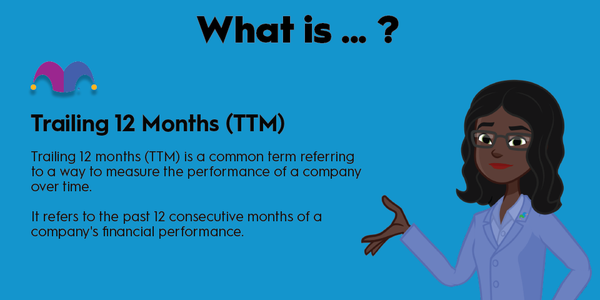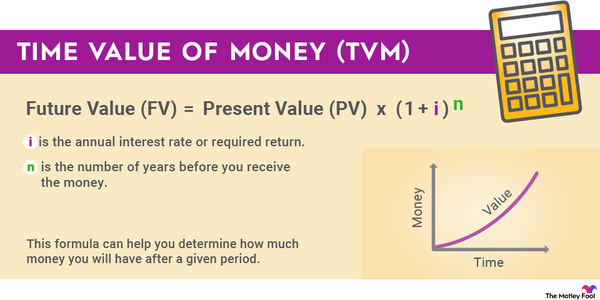In the context of business operations and investing, the term "turnaround" should remind you of a corporate U-turn. This term refers to a distressed company making a dramatic pivot toward recovery. It's a journey from the brink of failure back to profitability, a testament to resilience and strategic acumen. At the very least, it's a conscious effort to get a troubled business back on its feet again.

Understanding turnarounds
Understanding turnarounds
A turnaround refers to the financial recovery of a company that has been performing poorly, either for a long time or in a sudden crash. In essence, it's the corporate equivalent of a ship changing course to avoid a looming iceberg of bankruptcy, irrelevance, or both.
Turnarounds are critical phases in a business's life, requiring a combination of strategic foresight, operational adjustments, and sometimes a bit of luck. The process often involves significant changes to a company's operations, strategy, management, or products/services. It's not merely about survival but about fundamentally transforming the business to ensure long-term success and growth.
Why turnarounds matter
Why turnarounds matter
The concept of a turnaround is crucial because it highlights a company's ability to adapt and thrive amid serious challenges. It's a narrative of hope and renewal that resonates not just with investors and employees but also with customers and the broader market.
A successful turnaround can do more than merely ensure the struggling company's survival. Successful turnarounds can reinvigorate a company’s brand and stakeholder confidence, driving future success to a whole new level. Of course, most turnaround attempts land somewhere between these extremes, but exceptional outcomes are always possible. That's why they play the business game, after all.
Steps to rejuvenation
Steps to rejuvenation
Embarking on a turnaround is like navigating through a storm; it requires a clear vision, a steady hand, and a detailed map. The management team often navigates through entirely uncharted waters with few direct role models and effective patterns to follow. However, it's always worth making the effort, even if the probability of success is low.
Sometimes, the only alternative is to give up hope and file for bankruptcy protection -- and that should always be the very last option. Every turnaround story is different, but the process typically involves several key steps:
- Assessment: Understanding the depth of the problem is the first step. It's like diagnosing an illness before prescribing medicine.
- Strategic planning: Once the issues are identified, the next step is to craft a strategy that addresses these problems head-on. This could mean diversifying products, restructuring debts, or overhauling management practices. The board of directors may decide that the new plan is beyond the abilities of the current C-suite team, resulting in a shakeup of top-level management.
- Taking action: With a plan in hand, taking action is essential. This stage is all about execution and making the necessary changes to steer the company back on course. Whether the effort is made by the same leadership team as before or handed off to a new group of freshly recruited superstars, this is where the rubber hits the road.
- Monitoring and adjusting: The business environment is ever-changing, requiring continuous assessment of the turnaround strategy's effectiveness and willingness to adjust tactics as needed. A spectacular turnaround plan could reshape the standard operating procedures of rivals and competitors, requiring more changes on the fly. Nobody said this would be easy, right?
Turnaround examples: Apple and Blockbuster
Two familiar turnaround examples: Apple and Blockbuster
Let's clarify the turnaround theory above with a couple of familiar examples.
Once upon a time, Apple (AAPL -0.35%) teetered on the brink of bankruptcy. Co-founder Steve Jobs lost a power struggle with Apple's board of directors in 1985. He moved on to found two other companies, NeXT Systems and Pixar, while Apple struggled to sell Macintosh computers in the early years of the internet era.
Eleven years later, Apple's board brought Jobs back to the CEO role. He convinced Microsoft (MSFT 1.82%) to invest $150 million in Apple, saving the company from imminent financial collapse. The deal also settled patent lawsuits between the two companies and guaranteed that the Microsoft Office software suite would be supported on Apple Macintosh systems for at least five more years.
The unexpected move was the start of a tremendous turnaround.
Radically redesigned iMac systems emerged the next summer, followed by the first iPod music players in 2001. Steve Jobs introduced the iPhone in 2007, and the rest is history.
Apple is now one of the largest and richest companies in the world. That's a textbook example of a great turnaround, changing everything in a failing business to come out stronger on the other side. The business titan you see today has very little in common with the struggling computer builder of the early 1990s.
But turnaround stories don't always have happy endings. Blockbuster was the unchallenged market leader in video rentals for a long time, but the company wasn't ready to try new ideas when Netflix (NFLX -0.63%) began disrupting the industry in the early 2000s.
Netflix's red DVD mailer envelopes forced Blockbuster to try the same idea in 2004, with a couple of twists. The Blockbuster Total Access service shipped mail-order discs from local video stores rather than building a separate network of warehouses for remote DVD rentals.
But the service often left local store shelves without copies of new releases or classic hits, and the company's success relied heavily on late fees. Disappointed customers abandoned the brick-and-mortar stores, amplifying the lack of lucrative late fees.
Related investing topics
Blockbuster filed for bankruptcy protection in 2010, liquidating the store network and content library in a game-changing surrender that took it from more than 9,000 locations to the place known as "The Last Blockbuster" in Bend, Oregon. Ironically, Netflix largely abandoned those Blockbuster-crushing DVD mailers the next year to refocus with a digital streaming service.
Blockbuster might have survived the DVD-mailer assault if management had been ready to drop the expensive store network in favor of a dramatically different business plan. Even so, the streaming revolution probably would have finished the job.
That turnaround story ended in tears and bankruptcy. The best-laid plans of mice and video rental specialists may go awry.


































